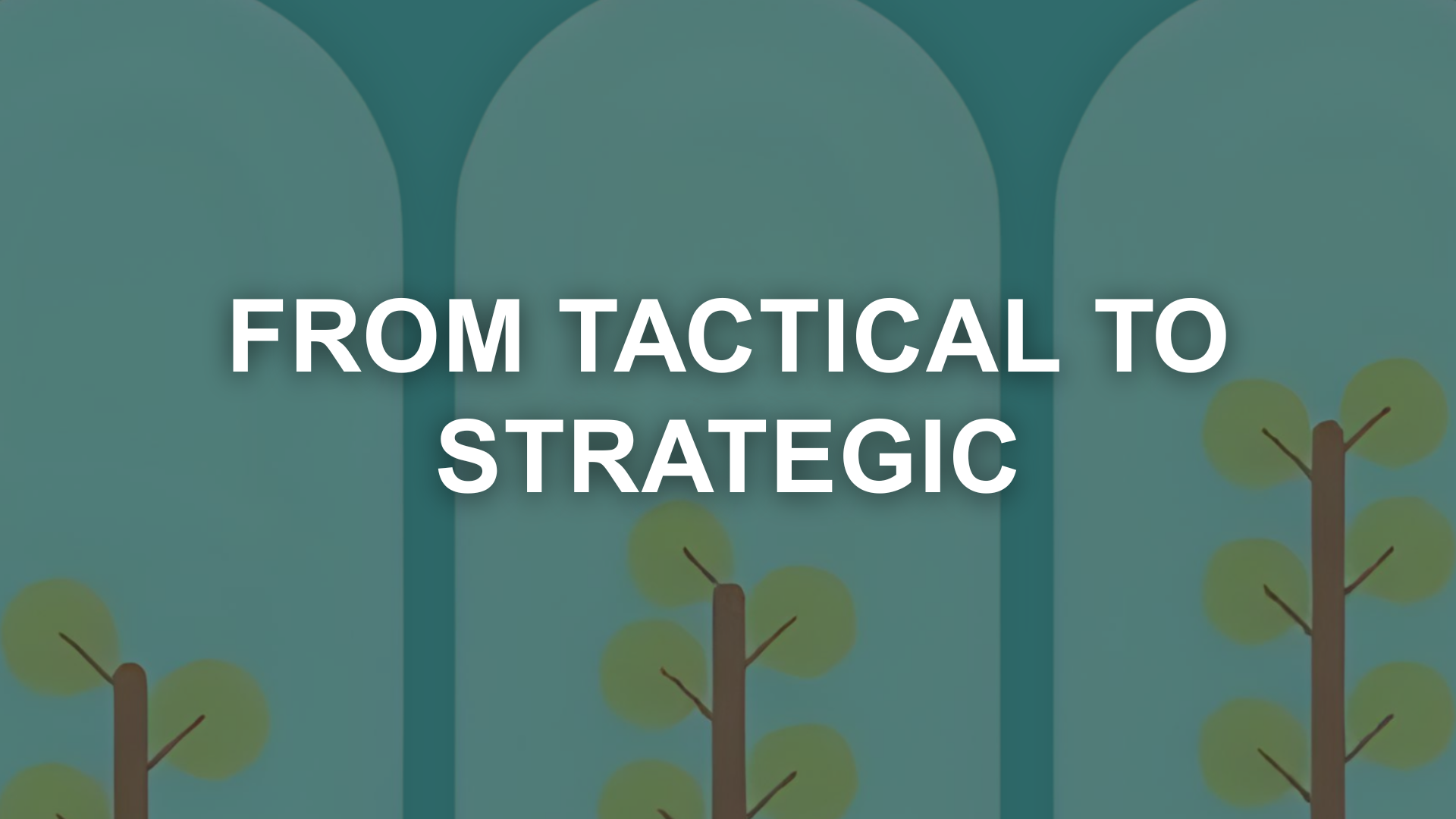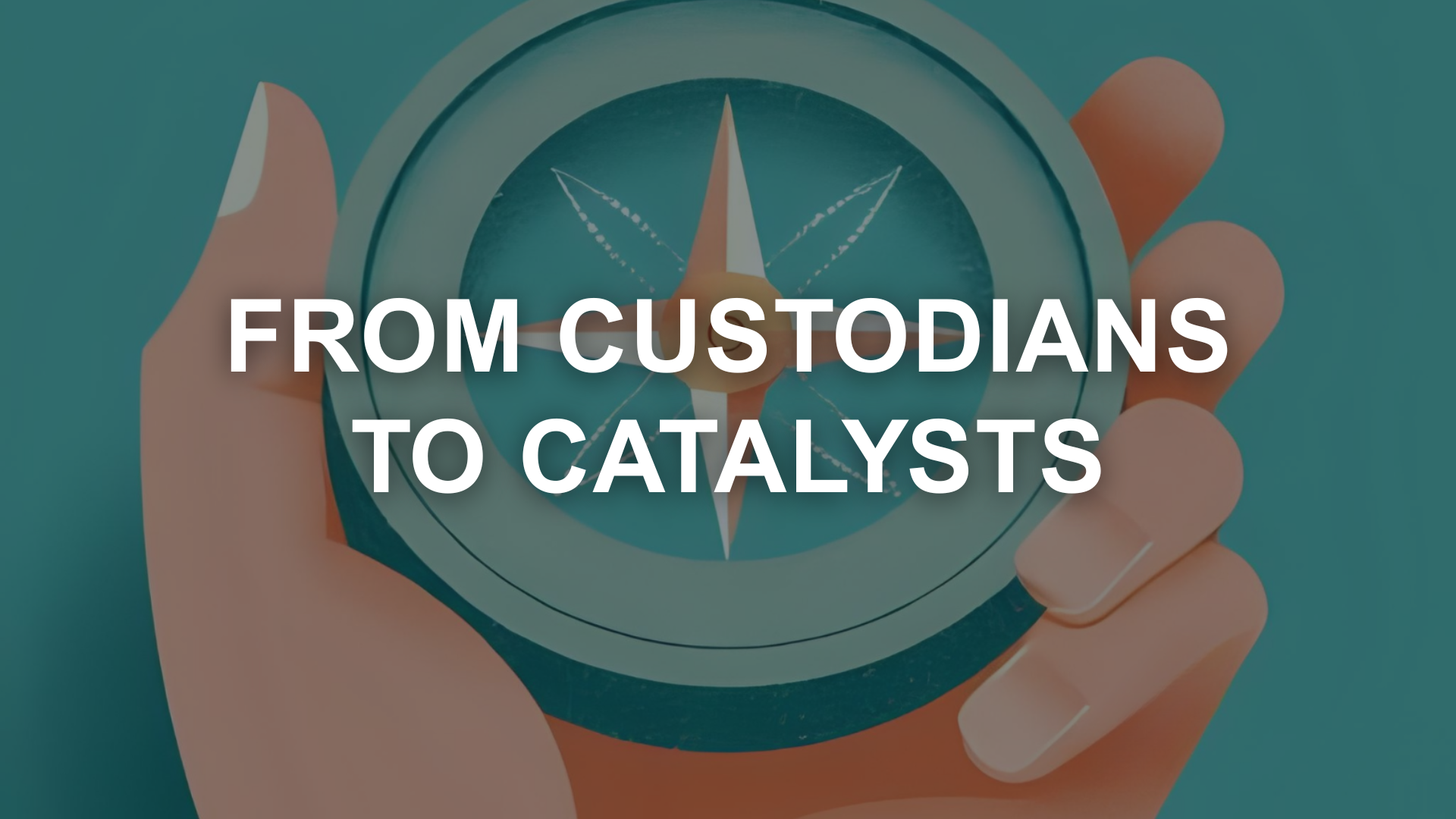
INNOVATION
Leading with the AI Frontier: From Disruption to Direction
JULY 2025
DISCLAIMER: ALL VISUAL CONTENT AND DESIGNS WERE CREATED USING CANVA.Kate Liu-Bevan
Author
As a leadership advisor and coach, I often begin conversations with clients around familiar themes: leadership mindset, talent development, and culture transformation. But increasingly, a deeper topic surfaces—artificial intelligence (AI). It may not be the starting point, but it's almost always in the room. Quietly, but powerfully, it is reshaping the conditions in which leadership operates.
Many leaders aren’t just aware of AI—they’re feeling the pressure of its speed, complexity, and impact. The change hasn’t arrived like a storm—it’s come like a fog: everywhere, yet difficult to fully grasp. Behind it hums the quiet rhythm of algorithms and the promise (and unease) of AI. In this context, leadership isn’t about controlling the narrative or chasing the next tool. It’s about offering clarity, creating direction, and building the space for reflection and capability to grow.

“Some people call this artificial intelligence, but the reality is this technology will enhance us. So instead of artificial intelligence, I think we’ll augment our intelligence.”
- Ginni Rometty, Former CEO of IBM
One place to begin is with clarity. What role is AI able to play in the organisation? Is it about improving customer experience, unlocking operational efficiency, accelerating innovation — all three or more? When leaders are clear on the purpose of AI, they can more intentionally shape strategy, investment, and learning. That clarity also becomes the foundation for meaningful communication with teams: what AI is here to do, and just as importantly, what it’s not.
Then there’s curiosity. The best leadership conversations I witness are exploratory, not declarative. I often invite questions like: How can you make AI central to your commercial strategy? How do you use it responsibly and transparently? Where are the blind spots? Just as important: How do you encourage experimentation with generative AI across the organisation? Curiosity in this space means not just staying informed—it means building a learning culture where people are safe to try, learn, and reflect. When people feel confident applying AI agentically—with awareness, purpose, and accountability—they become part of the transformation, not just subject to it.
How do leaders leverage AI to transform organisational capabilities? AI isn’t here to replace what makes you human—it’s here to enhance it. When routine, transactional tasks shift to machines, it creates space for more complex human work: strategic thinking, creativity, connection, and empathy. But this shift doesn’t happen automatically. It requires you to intentionally invest in building the capabilities that matter most now—cognitive flexibility, emotional intelligence, and systems thinking.
And then, there’s culture. AI adoption isn't just a technology shift—it’s a behavioural one. It requires a shift from control to experimentation, from perfectionism to learning, and from individual expertise to shared intelligence. Leaders set the tone. When leaders role model openness, reflective thinking, and responsible experimentation, they help shape a culture where AI becomes a shared opportunity—not a source of fear.
QUESTIONS I INVITE LEADERS TO TAKE ON:
Have you defined what AI means for you—and shared that vision with clarity?
What are you doing to develop people intentionally as you adopt technology?
How do you build trust by asking ethical questions early—not reactively?
How are you helping teams feel confident—not just competent—with AI?
What kind of learning culture are you creating to evolve with change?
In this era, leadership is less about having all the answers—and more about helping people navigate change with clarity, courage, and curiosity.










